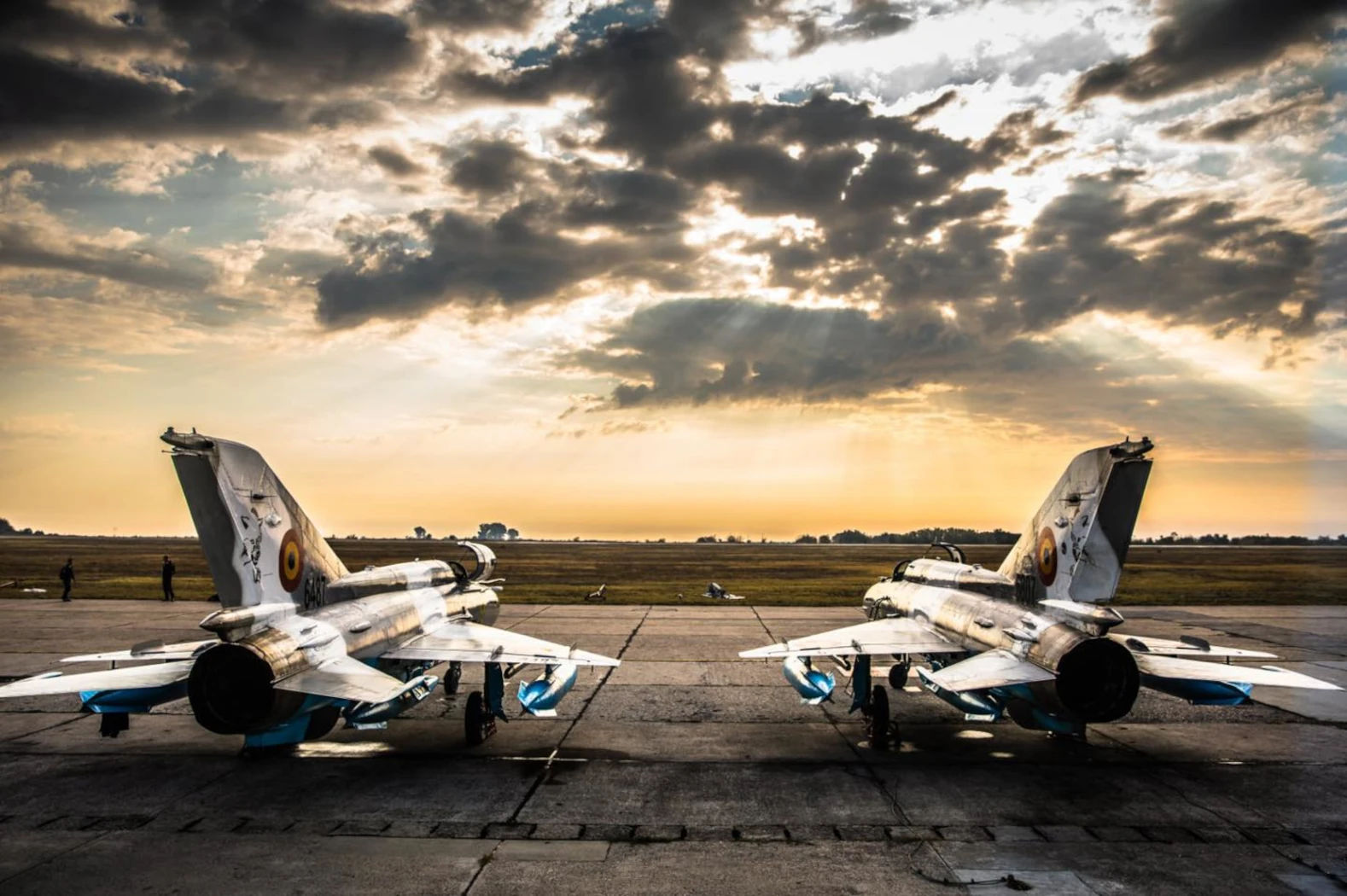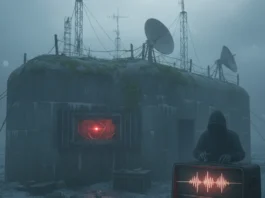A Romanian Defence Ministry spokesman said that Romania’s air force would continue to use its Soviet-era MiG-21 LanceR fighters for another year, which were suspended in April after a series of problems.
“Our air force has made an analysis based on objective criteria, such as the context of regional security, the decisions we have to protect our airspace and the security of personnel,” spokesman Constantin Spinu told AFP.
The MiG-21 should be “finally withdrawn on May 15 next year,” the spokesman said. Until then, the aircraft will be used only for surveillance missions and to maintain the combat skills of pilots.
The third-generation Soviet fighter MiG-21 was developed by the Design Bureau of Mikoyan and Gurevich in the second half of the 1950s. It made its first flight in 1956. Modifications of the MiG-21 were produced until 2017. The aircraft is capable of carrying air-to-air and air-to-ground missiles and free-falling bombs.
The suspension of MiG-21 flights has left NATO member Romania dependent on 17 F-16s recently purchased from Portugal and Allied air missions. Following Russia’s invasion of Ukraine, NATO strengthened its eastern flank, including sending troops and equipment to Romania, which borders Ukraine. Spinu pointed out that Romania will also intensify its efforts to purchase another 32 F-16 aircraft from Norway.
The exact number of MiG-21 Lancer fighters available to Romania is confidential. According to unofficial data, Romania has 25 MiG-21 fighters. During the communist era, the country had about 400. The decision to suspend their flights in April was made due to “a significant number of accidents and aviation accidents with the MiG-21 Lancer,” according to the defense ministry.
On March 2, a MiG-21 disappeared from radar during a patrol flight near the Black Sea. A search and rescue operation was launched urgently, but the IAR-330 Puma helicopter also lost radio contact with the base and crashed in Constanta County, about 11km from the airport. The two crashes killed the fighter pilot, the 5-member helicopter crew and two lifeguards. There are reports that the MiG-21 was shot down by Ukraine, presumably by the S-300PS complex.
MiG-21 LanceR
The MiG-21 Lancer is an Israeli modification to make Mig-21 a multi-role fighter. Israel modified the Mig-21 with the help of the Romanian industry. Romania has about 19 MiG-21s which were the LanceR-C version. The Lancer-C is a more modern fighter than the basic Soviet MiG platform. Its avionics are equivalent to a fourth-generation fighter. The LanceR is equipped with Israeli Doppler radar, a combat control computer, and options that allow the use of precision-guided munitions such as laser-guided bombs. The fighter can fire air-air missiles, including the Russian R-60, R-73 and Rafael Python 3. The remaining Romanian MiG-21s are of the Lancer-B version, a two-seat combat training aircraft with primary air-to-ground armament and rudimentary air-to-air capabilities. Under the Lancer modernization program, Romania put 111 MiG-21s into service at their peak. Israel has already retired its LanceR’s.
Transfer to Ukraine
In April this year, the chairman of the Romanian Chamber of Deputies, Marcel Colacu, said that they would transfer MiG-21 Lancer aircraft to Ukraine in the future.
“Depending on the development of events in Ukraine, Romania can do this (send MiG 21 Lancer aircraft to Kyiv – ed.),” Colacu said on the air of the Romania TV channel, answering the question of journalists about whether a decision will be made to help Ukraine by planes.
The publication Romania Libera reported that the Romanian authorities plan to amend the legislation to transfer weapons from state reserves to Ukraine, citing the Ministry of Defence.
F-16 purchase
Romania began replacing remnants of the Soviet fighters with F-16 fighters of the Block 15 Mid-Life Upgrade modification. In 2013, the first 12 aircraft were ordered, and in 2019 another five units were purchased. All Romanian F-16 AM / VMs have been brought to a single M5.2R standard and are part of the 53rd Fighter Aviation Squadron of the 86th Air Base in Fetesti.
Now, Romania intends to purchase 32 more F-16 units from Norway. The former Norwegian fighters have a more advanced modification (M6.5.2) but more flying hours, i.e., an average of 10,000 hours per aircraft. Romania will have to spend another €100 million on logistical support and modernization from American companies. Modernization, the overhaul of engines and maintenance of the aircraft will be carried out at the Romanian company Aerostar Bacău.
The purchase will cater to two additional air squadrons of the Hungarian Air Force.
“The available resources of aircraft of three squadrons ensure … their operation for at least ten years” and “will form the air potential for the transition to fifth-generation F-35 aircraft,” the Hungarian Ministry of Defense said in April.






